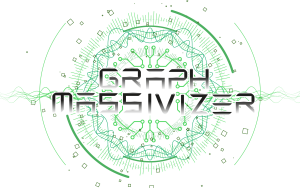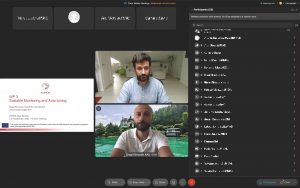Accepted tutorial: Serverless Orchestration on the Edge-Cloud Continuum: From Small Functions to Large Language Models
We are happy to announce that our tutorial “Serverless Orchestration on the Edge-Cloud Continuum: From Small Functions to Large Language Models” (by Reza Farahani and Radu Prodan) has been accepted for IEEE ICDCS 2025, which will take place in Glasgow, Scotland, UK, in July 2025.
Venue: 45th IEEE International Conference on Distributed Computing Systems (ICDCS) (https://icdcs2025.icdcs.org/)
Abstract: Serverless computing simplifies application development by abstracting infrastructure management, allowing developers to focus on functionality while cloud providers handle resource provisioning and scaling. However, orchestrating serverless workloads across the edge-cloud continuum presents challenges, from managing heterogeneous resources to ensuring low-latency execution and maintaining fault tolerance and scalability. These challenges intensify when scaling from lightweight functions to compute-intensive tasks such as large language model (LLM) inferences in distributed environments. This tutorial explores serverless computing’s evolution from small functions to large-scale AI workloads. It introduces foundational concepts like Function-as-a-Service (FaaS) and Backend-as-a-Service (BaaS) before covering advanced edge-cloud orchestration strategies. Topics include dynamic workload distribution, multi-objective scheduling, energy-efficient orchestration, and deploying functions with diverse computational requirments. Hands-on demonstrations with Kubernetes, GCP Functions, AWS Lambda, OpenFaaS, OpenWhisk, and monitoring tools provide participants with practical insights into optimizing performance and energy efficiency in serverless orchestration across distributed infrastructures.


